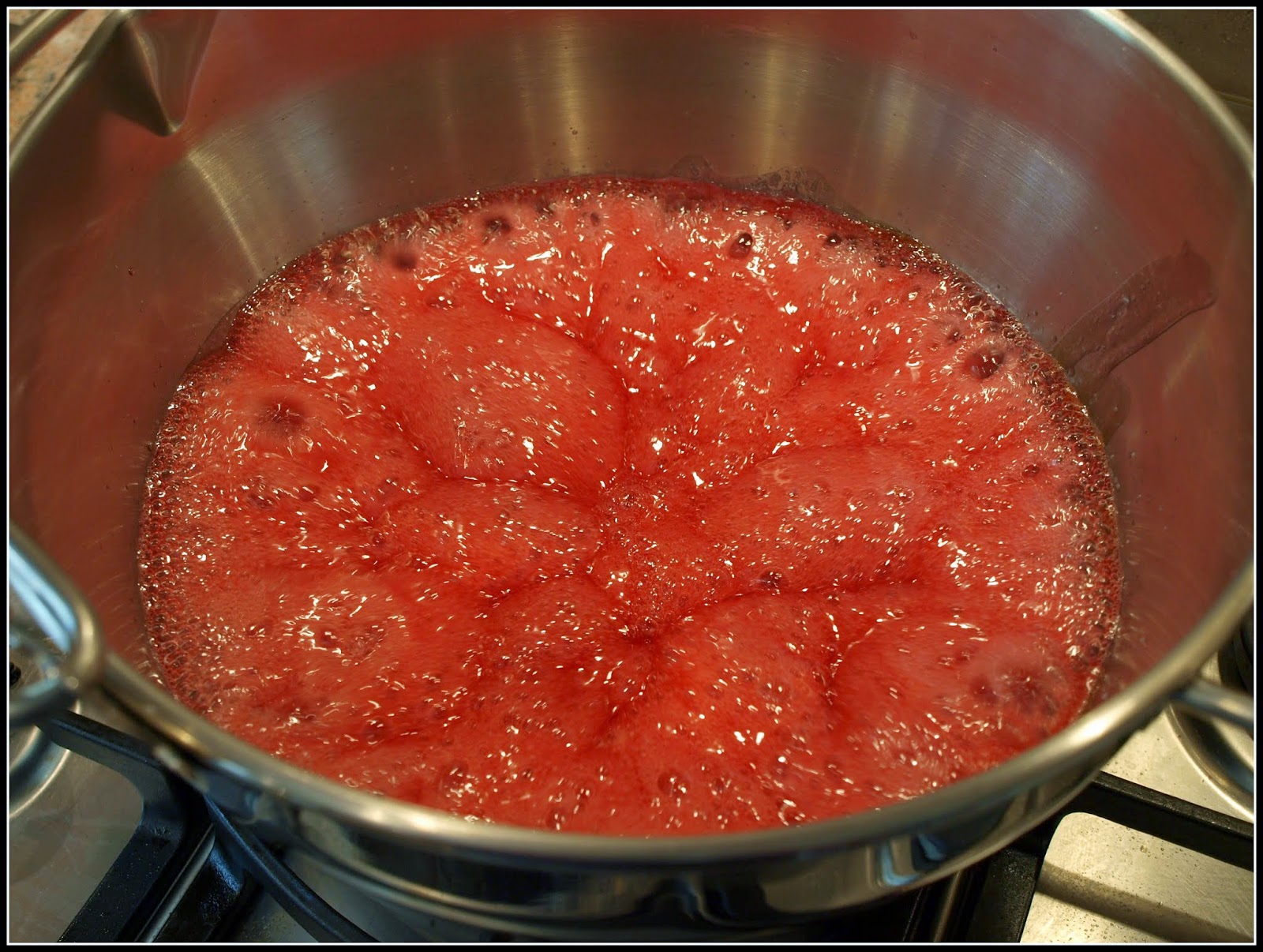This year I planted my Radicchio a bit earlier than I usually do, so that the plants had more opportunity to get big before the return of cold conditions. It's as well that I did so, with August being such a poor month in terms of the weather. When a head of Radicchio is ready for harvesting it sort of "bursts". The green outer leaves roll back, often dying in the process, and going brown and soft, to reveal the crisp red-and-white inner core of the vegetable. This one looks like a real beauty.
My Cucumber plants are evidently tired after a good run, but there are still a few fruits developing:
 |
| "Iznik F1" |
I only have four pots of potatoes left now (out of an original 26). They are all "Pink Fir Apple". The foliage is yellowing, and developing brown speckles, which tells me that they ought to OK to harvest, but in view of the modest yield I got from the first one of these, I think I will leave the others for a little longer.
Many of my chilli plants have produced ripe fruit by now, even this "Red Habanero" one which was so badly damaged by hail back in the Spring.
"Ohnivec" has been the best performer in terms of the size of the harvest. It has very decorative fruits, which go through a range of colours in their ripening process. (Not to mention a range of physical contortions!)
I am experimenting with Leeks this year. I have only ever grown them once before, many years ago, and they were a dismal failure, but this time they look much better. I had planned for these to be part of my Late Autumn / Early Winter harvest, but I think some of them are about big enough to harvest already. I expect they will get bigger if I leave them a while, but I'm anxious to dig up one or two just to see what they are like. A couple of them have already bolted, and although I have cut off their flower-heads I expect they will be a bit tough. I want to be able to eat some of them before they all go that way.
 |
| "Toledo" |
I have four Swede turnips on the go, of which two are looking fairly respectable:
Hopefully these really will wait until late Autumn before maturing! Two of them, incidentally, show no sign at all of producing a swollen root or bulb. Maybe they are just late starters...
The "Cobra" climbing French Beans are having a bit of a late rally. Several new flowers have appeared, so if the weather over the next couple of weeks is anything like decent I will probably get a few more pods.
 |
| "Cobra" |
There are even a few tomatoes still to come. This one looks OK, doesn't it? This particular fruit is on one of the lower trusses of its plant, which were the least affected by the compost contamination problem.
 |
| "Ferline" |
These, on the other hand, are on the secondary growth produced as a result of allowing the sideshoots to develop instead of pinching them out as I normally would.
 |
| "Orkado" |
They are a strange shape, and still firmly green, but with a bit of luck (sunshine, I mean), they should make it to maturity eventually.
So, do you see what I mean? The weather has definitely turned, but the harvests still go on.
****************************************************************************
P.S. I dug up two Leeks. Couldn't resist the temptation!
I am very happy with those. And wow, did they smell strong when I dug them up! The whole house smelled oniony when I brought them indoors.

















































